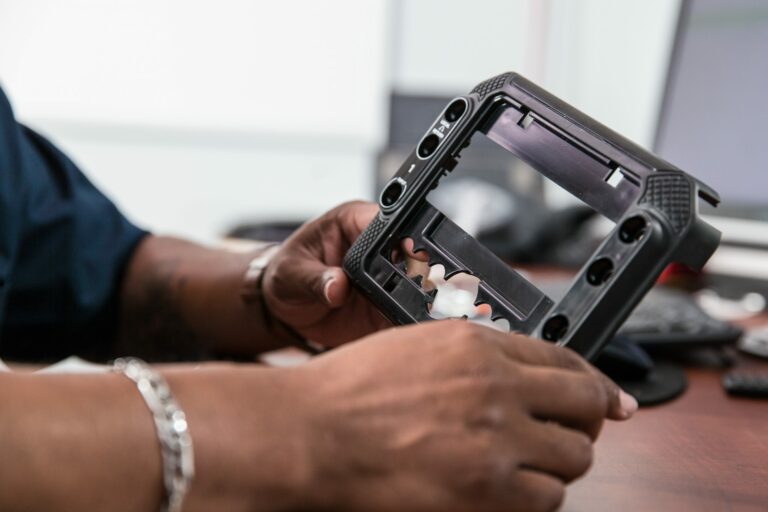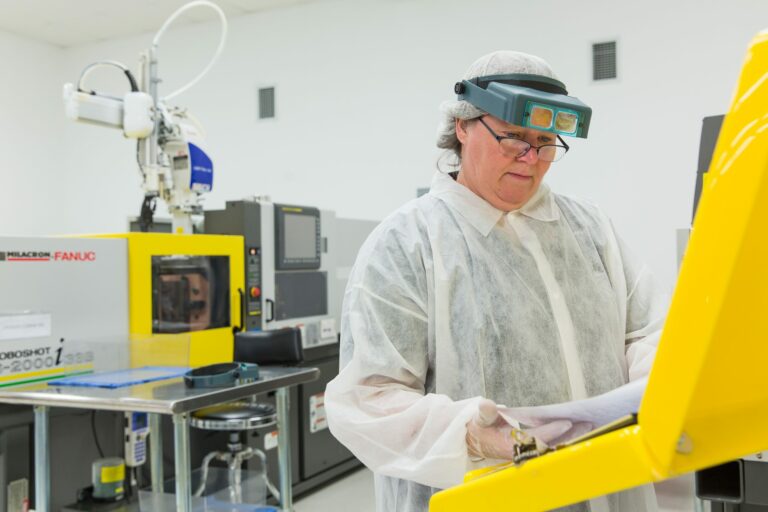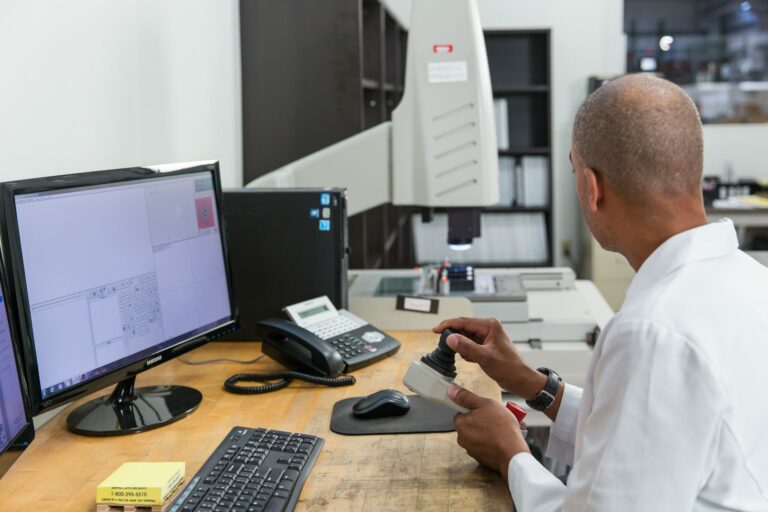Case Study
Industry: Precision Industrial
This chemical sensor manufacturer has been making air sampling, gas detection, and environment monitoring systems since 1983. Supplying many industries from power and gas to water and waste treatment, this chemical sensor manufacturer has established a reputation of competency and reliability in their products. With over 50 employees, this chemical sensor manufacturer keeps innovating new and improved ways to preserve people’s safety.
Our Objective
The company needed 10 new parts made for a new sensor used now for filtration systems for oil field workers. Through their initial planning, they understood that they needed a few different requirements met. The first was that they needed to produce these parts with a manufacturer that had high QA and QC standards and had stringent testing abilities to mimic real-world situations. The second was that they needed a specific plastic resin that would withstand extreme exposure to moisture, particles, and chemicals. The third was that they required a manufacturer with experience in producing parts made with this specific resin. Due to its highly engineered nature, creation of these parts required specialized attention and testing.


The Results
This chemical sensor manufacturer sought a local company that could handle this kind of work instead of taking business outside of the state — or even the country. Through their search, they encountered Seaway-Wright. Together, the two companies created a DFM strategy for the parts that took into account the resin needed, the tight tolerances, and the quality requirements to make these specialized filtration systems. They both collaborated on a design that catered distinctively to this chemical sensor manufacturer’s needs and post production QA could ensure.
With Seaway-Wright’s several different certifications (see here for Seaway’s ISO 9001 and 13485), this chemical sensor manufacturer knew that their dedication to providing quality products would match their own. They matched with Seaway-Wright as they each understood the importance of providing parts that meet and exceed these high bars, especially for those pertaining to safety. This chemical sensor manufacturer claimed that having the QA and QC departments in-house with the manufacturer provided more accountability to ensure the parts were made with quality. Through keeping the parts in-house, this chemical sensor manufacturer saved around $20,000 in shipping fees as well as outsourcing costs to have the QA done outside of Seaway-Wright. They also increased their own product integrity through having all post-molding operations in-house.
Conclusion
While companies outsource to save money, this chemical sensor manufacturer understood that their reputation built on decades of business could and would not be compromised through this tactic. Their sensors needed to continue to meet and exceed the high standards of government safety organizations. They could not risk cutting corners. By collaborating with Seaway-Wright, this chemical sensor manufacturer saved time and money knowing that through the various certifications ensured their dedication to quality.



